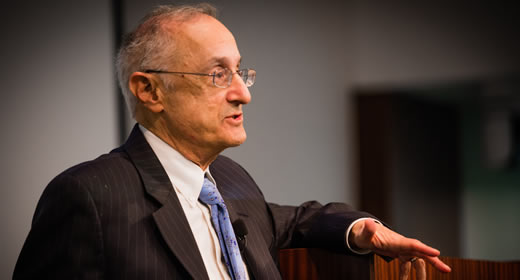
An article by Rumen Iliev (Stanford University) and Bob Axelrod, "Does Causality Matter More Now? Increase in the Proportion of Causal Language in English Texts," was published in Psychological Science in May 2016.
Abstract:
The vast majority of the work on culture and cognition has focused on cross-cultural comparisons, largely ignoring the dynamic aspects of culture. In this article, we provide a diachronic analysis of causal cognition over time. We hypothesized that the increased role of education, science, and technology in Western societies should be accompanied by greater attention to causal connections. To test this hypothesis, we compared word frequencies in English texts from different time periods and found an increase in the use of causal language of about 40% over the past two centuries. The observed increase was not attributable to general language effects or to changing semantics of causal words. We also found that there was a consistent difference between the 19th and the 20th centuries, and that the increase happened mainly in the 20th century.